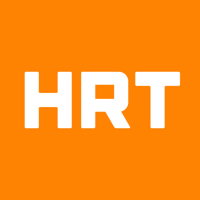
Hudson River Trading
Offices at Hudson River Trading
Hudson River Trading is headquartered in New York, New York, USA and has 8 office locations.
Hybrid Workplace
Employees engage in a combination of remote and on-site work.
Teams have a range of in-office needs: some require 24/7 coverage or hands-on maintenance, while others operate across time zones. While the majority of teams adopt a fairly even split between in-office and remote work, many come in every day.
U.S. Office Locations
Global Office Locations
175 Greenwich Street, 76th Floor, New York, NY, United States, 10007
Austin, TX, United States
Boston, MA, United States
Boulder, CO, United States
Chicago, IL, United States
Ireland
London, United Kingdom
Singapore


